Hydrangea Care: [Soil, Humidity, Pruning and Problems]
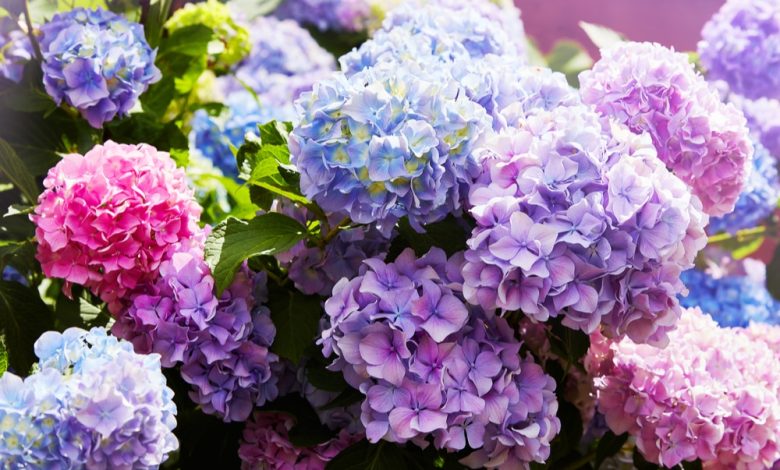
What characteristics does the hydrangea?

One of the ornamental plants of great beauty and popularity is the Hortensia or Hydrangea, native to two continents: America and Asia.
It is characterized by an exuberant beauty concentrated in its large white, blue or pink flowers.
That is why it is a true spoiled in homes, given all the showiness that it gives to the eyes of mortals in love.
Currently, there are more than 100 species around the world.
And part of their fascination lies in the fact that they have a long flowering time, which begins in the spring and ends in the fall.
Only in Japan, China and Korea do truly spectacular varieties abound, with individual flowers that cover bushes with a maximum approximate height of up to 3 meters. There are even deciduous species, but evergreen ones also prevail, which never lose their abundant foliage.
It is not an exaggeration to say that they are very hardy plants, because they have a woody stem that supports the weight of large leaves, although the most popular ones are deciduous. From there follows the need to understand what care they need in full bloom.
And it is that they are so generous that their great problems can multiply, whether in the garden, in a pot, vase or on the terrace of our home, becoming the epicenter of everyone’s attention, given their prolonged prominence until the beginning of October. every year.
Next, let’s see what are the most important recommendations in the cultivation of hydrangeas.
What soil needs do hydrangeas have?
The first thing we must know is the intolerance of hydrangeas to very saline soils, because they cause an iron chlorosis capable of killing them in a short time. The ideal for growing them are acidic soils, with a pH that ranges between 5.5 to 6.5, with a great capacity to retain moisture.
A curious fact is that depending on this soil acidity indicator, we will have more or less white or blue flowers. For example, if the pH is maintained between 4.5 and 5, we will obtain shocking blue flowers. But if it touches 6.5 then pink flowers will come out.
Aluminum sulfate is also applied to them and they change from pink to blue. Moreover, in florists it dispenses a product called hydrangea bluing agent. White species do not change color.

That is why it is essential to seek support from specialists when fertilizing the land. Those fertilizers rich in the following components: ammonium nitrate, ammonium sulfate or potassium sulfate, help remarkably to keep the alkalinity of the soil in balance.

Specialists in the field also recommend adding products rich in sulfur to the soil, to balance its acidity. In a pot, the same formula for success operates. Superior fertilizers, rich in organic matter.
How to make hydrangeas grow strong and vigorous?

Once we have decided to adopt and pamper a hydrangea, it is essential to understand that they need good natural lighting.
Without a doubt, the flowering of hydrangeas is quite a visual spectacle when it begins to paint the garden with colors with its rounded flower beds.
In the house, the best place will be one that has a fresh, ventilated environment and good light.
Its generosity is also such that it can flourish without major problems in places with low lighting, preferably in semi-shade.
This is because the total lack of sunlight obviously does affect it and causes leaves and flowers to dry.
So a spot in the garden that is semi-shaded but receives a good incidence of natural light is good for planting this shrub. It is not suitable in full sun because its leaves will dry, turning yellow first and it will never bloom.
If it has grown a lot in the pot, then spring and early summer is a good time to move it to well-aerated, acidic soil, where it can easily exceed a meter and a half in height in the summer. Hence, it is very important to plant it in a place where it can expand, grow freely and at least one meter away from its neighbors.
Another key to its good health is to lavish abundant irrigation, with a lot of non-limestone water. Hard water damages it noticeably. That is why it is important to take advantage of the spring rains to do a natural irrigation that will bathe them with life.
In summer it is necessary to always be aware of the humidity of the soil, because it cannot be allowed to dry completely. Constant, daily watering without excesses is vital in the hottest time of the year.
The best times for irrigation are very early in the morning or late in the afternoon. You have to get to the depth of the roots, omitting to pour water on the plant itself.
What humidity do hydrangeas need?
The prevailing environmental humidity must be constant, without excess watering because then the roots will rot. It is logical then to make sure that the drainage system of the soil or the pot where we have it, is optimal, without allowing puddles.
They prefer cool temperatures, which do not exceed 20ºC. This helps them grow healthily, because excessive heat shortens their lives and paralyzes flowering. As we have already explained, it is better to grow them outdoors, on a terrace, balcony or garden.
Is it necessary to prune hydrangeas?
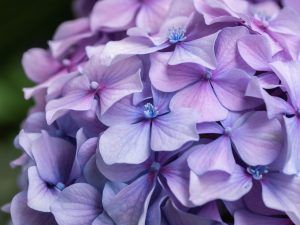 You have to prune regularly, because it is a plant with great growth, so you always have to be careful to remove leaves, branches and dry flowers.
You have to prune regularly, because it is a plant with great growth, so you always have to be careful to remove leaves, branches and dry flowers.
This will facilitate the moment of transplanting, when a larger pot is needed so that it continues to grow with great health and good space.
The pruning technique involves cutting the stems obliquely, with two cross cuts made at the end. This is done so that the plant absorbs water much better. Another effective trick is to add a teaspoon of sugar, it is an excellent nutrient. You will know how to thank this gesture with more and more flowers.
How often should we prune hydrangeas?
Pruning is essential to help it bloom throughout the season, along with a specific flowering fertilizer for Hydrangeas. The ideal moment to act with a maintenance pruning is precisely when the flower beds begin to show withered leaves and flowers.

In this way we will help it to maintain its vital energy in the new shoots and not in the flowers that have already died. A trick to obtain more flowers is to apply a pruning in winter. But this special pruning will only touch the branches that have already given flowers and those that are battered, damaged.
How to avoid pests and diseases of hydrangeas?
Among the most common evils we have the presence of aphids. They will quickly disappear if an insecticide or anti- aphid is applied. Another problem to face is usually associated with the presence of yellow spots on the leaves, an unequivocal sign of the presence of chlorosis, which means that the soil has excess lime or calcareous water.
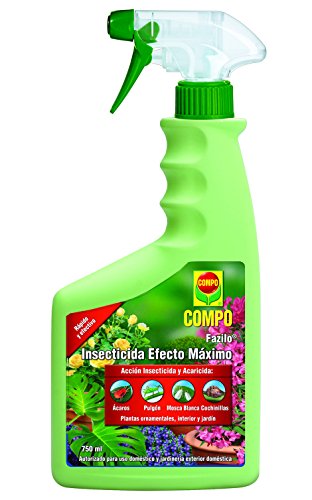
In the nurseries you can get products rich in iron, as well as heather land. It should never be forgotten that it is better to irrigate with softened water.
Maybe you are also interested in:

![Photo of Calendula: [Cultivation, Irrigation, Care, Pests and Diseases]](https://www.complete-gardening.com/wp-content/uploads/2022/08/calendula-cultivation-irrigation-care-pests-and-diseases-390x220.jpg)
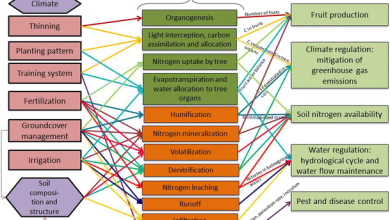
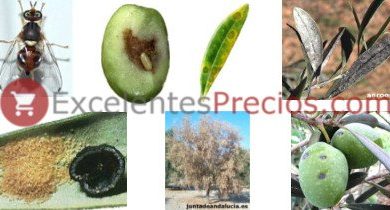
![Photo of Green Bug: What is it and How to Fight It? [Complete Guide]](https://www.complete-gardening.com/wp-content/uploads/2022/08/green-bug-what-is-it-and-how-to-fight-it-complete-guide-390x220.jpg)